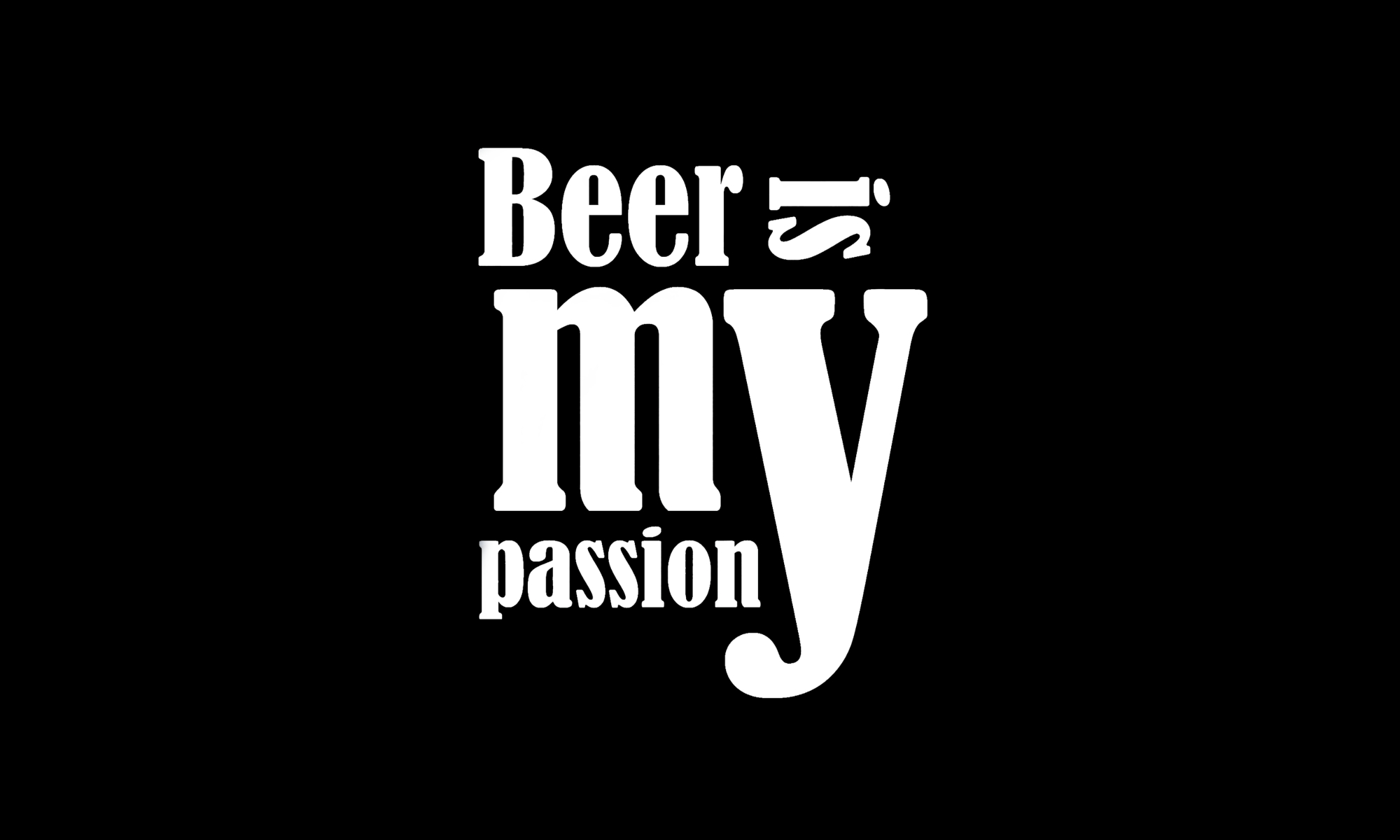BeerInstitute.org maintains some pretty cool data about beer production and distribution, state-by-state, on an annual basis. Check out the Brewers Almanac to see how your state stacks up in number of breweries, beer production, consumption and much more! As you can see from the chart I made above, the number of active brewing permits in Indiana has outnumbered the U.S. national average! Go Indy!
Carbonation Chart for you home keggers
Forced carbonation saves days of waiting in comparison to natural carbonation. Using the table below you can calculate exactly how much CO2 to “force” into your kegged beer. To use the chart, find your target volume of CO2 using the “CO2 Saturation by Style” chart. Once you have your target, locate the temperature you will be serving at and read across to the correct volume of CO2 and match it up with a PSI.
For example, I just brewed a stout that I want to carbonate to 2 volumes of CO2. My keezer stays at a comfortable 43 degrees (a little too cold for stout serving, but I also have a couple wheat beers in there now). Using the chart I can find 1.99 Volumes of CO2 at 43 degrees gives me a pressure setting of 8 PSI (pounds per square inch).
If I set my regulator at 8 PSI and wait 10 – 14 days I should end up with a perfectly carbonated stout.


